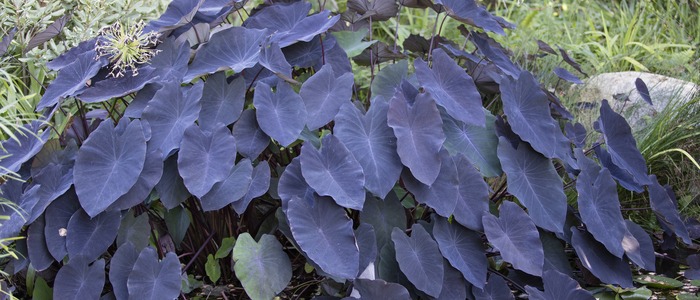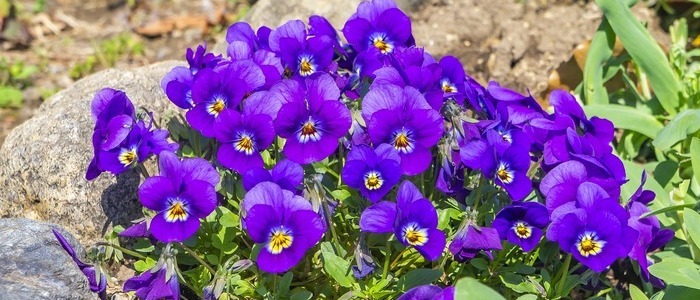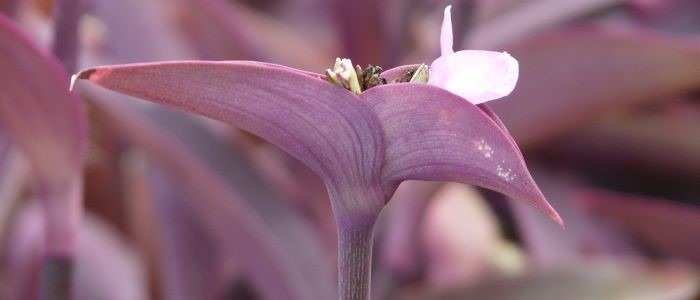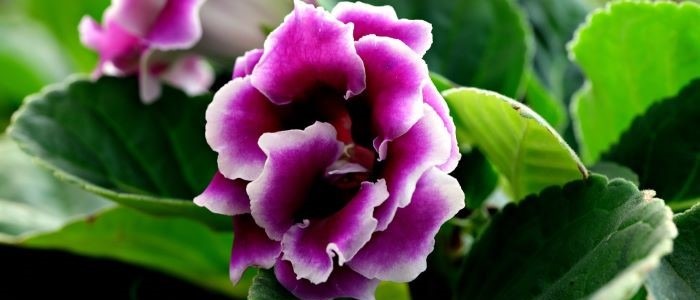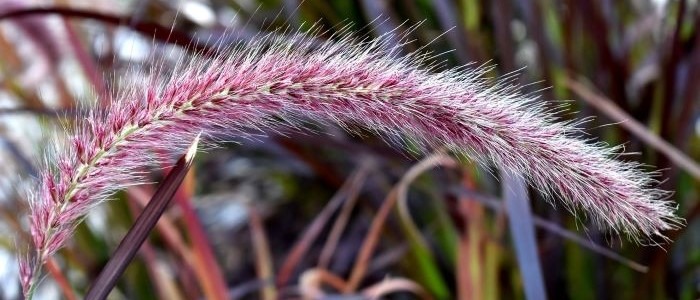Have you been looking for a flowering plant that has different hues and an interesting form? With flowers that are delicate yet beautiful and can droop and hang beautifully from pots, planters, or baskets? Well, the double purple fuchsia plant is just what you have been looking for then. This plant is native to South and Central America and requires moist air and cool temperatures.
The double purple fuchsia plant produces beautiful brightly colored flowers from spring to fall and is a favorite of hummingbirds and butterflies. This plant is a great option if you are looking for some elegant yet fancy-looking flowers that require little maintenance. That being said, if you want to know more about this plant, then keep on reading.

Double Purple Fuchsia Frequently Asked Questions
What type of soil does double purple fuchsia prefer?
Double purple fuchsias prefer well-draining soil that is rich in organic matter. They thrive in soil that is slightly acidic, with a pH between 5.5 and 6.5. Adding compost or other organic material to the soil can help improve its texture and fertility, which will promote healthy growth and vibrant blooms. It's also important to avoid planting them in soil that is prone to waterlogging, as this can lead to root rot and other issues.
How do you keep double purple fuchsias blooming?
To keep double purple fuchsias blooming, it's important to deadhead them regularly. This means removing the spent flowers from the plant, which will encourage new growth and more blooms. It's also important to fertilize the plant regularly with a balanced fertilizer, following the instructions on the package for application rates. Watering is also crucial for keeping fuchsias healthy and blooming - they prefer consistently moist soil, but not soil that is waterlogged.
How to Take Care of the Double Purple Fuchsia Plants
Fuchsias grow well in either partial shade or full sun. Just make sure you shelter these plants from the cold winds. This plant needs some shade, especially in the hot afternoons. They also need fertile, well-drained, and moist soil. If you are growing this beautiful plant in the container, then make sure that you are using good quality multi-purpose compost. Once you have planted, make sure you water them thoroughly once a week, especially during long dry spells.
If you have planted the fuchsias in containers, then water them regularly to make sure that the compost is evenly moist. Keep in mind that the soil should not be waterlogged, and the plants shouldn’t be allowed to sit in water. Feed the plants regularly with plant food that is high potash. This will encourage better blooms over the flowering period.
Make sure you are pruning the plant from time to time by deadheading the faded and wilted flowers. This will ensure that the plant keeps blooming profusely.
Double Purple Fuchsia Plant Propagation
The double purple fuchsia plant doesn’t need much encouragement when it comes to reproducing. This plant can be germinated from seeds, cuttings, or by division.
Propagating Using Seeds: You can either purchase new seeds or use seeds from any mature existing double purple fuchsia plant. Simply put them in a tray filled with some porous and light starting mix to sow the seeds. Make sure you have moistened the soil, and then place the tray near any window so that they can receive indirect sunlight. Wait for a couple of months to watch the seedlings emerge. After the plant is about six inches tall, then all you need to do is harden them slowly by placing them outside.
Propagating Through Stem Cuttings: If you want to propagate from the cuttings, just trim off any piece of the stem of about six inches. Make sure some pairs of leaves remain just below the leaf node and remove all other leaves from the bottom portion. All you have to do now is insert this stem in a container filled with starting soil in a way so that the leaves remain just above the line of soil. The cuttings should remain moist and should receive proper sunlight every single day. After around three weeks, the cuttings will be ready to be planted in the ground or the container.
Propagating by Dividing: In case your fuchsia plant has outgrown the container or its space, just divide the plant by digging up the entire plant and then gently removing the root ball using a spade. Make sure to slowly remove the soil from the roots by gently shaking it. Use a knife or sharp clippers to cut the half portion of the fuchsia plant. All that is left now to do is replanting the original plant and fill the hole with soil. Keep in mind that if your plant is large, then instead of dividing, use cuttings to propagate.
Pruning and Maintaining the Double Purple Fuchsia Plants
Deadheading is an important step when it comes to caring for and maintaining your flower plants. Removing the dead flowers not only makes the plant more attractive but also encourages new flower growth. If you do not deadhead at the right time, the flowers might end up getting turned into fruits. And although you can consume the fruits, that also means no more flowers.
Now, are you wondering if this plant requires deadheading? Well, fuchsias will drop the wilted flowers naturally, so technically, you don’t need to deadhead them. But if you continue with the deadheading, then your plant will keep blooming even in the winter months, provided you keep the plant indoors or have a daytime temperature of around 70F.
Now the question comes as to when and how to deadhead the double purple fuchsia plant? It is better to prune the plant in early spring to keep it in proper shape. Remember, you need to prune when new growth just starts happening but before the flower buds have fully formed. Remember, pruning in the fall is a bad idea as it is going to leave the plants exposed to frost damage.
As soon as the plant starts blooming, keep checking weekly for any spent flowers. If a flower has started to fade or wilt, it is important to remove it. Removing the spent flowers is an easy task. You can do it by simply pinching off the flower with the help of your fingers or use some scissors to get the job done. And while you are at it, do not forget to remove the seed pod as well. You should also remove any spindly, weak, or dead branches while pruning. If you wish, you can prune the whole plant by a third.
In case you are thinking of repotting, then this is the ideal time for it. Just pull the plant from the container, remove the dead roots and replant it again. If your plant is small, you can also divide it at this point.
Be sure to dig up the root system as much as possible as this plant tends to have deep roots. Also, it is a great idea to mulch using straw, compost, and grass clippings to make sure the soil can retain its moisture. Thus making sure the roots remain cool and the plant remains protected from the winter chills.
A lot of people tend to complain about this plant, saying that they are temperamental and fussy. Hopefully, this article will help you understand how easy it is to grow, take care of, and maintain this vibrant and eye-catching plant.


